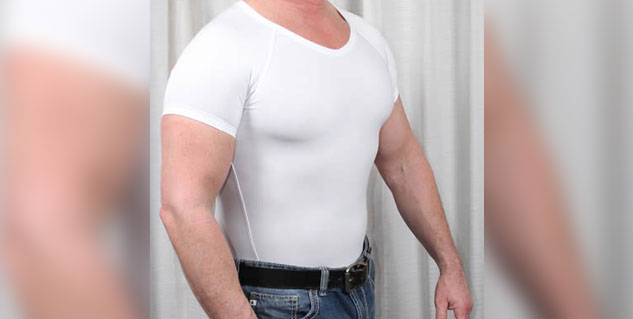
While Paget’s disease is rare, anyone who is uncertain about their symptoms should see a doctor. Paget’s disease and breast cancer are diagnosed by inspecting the affected cells.
#Indian burn feeling nipples skin#
reddish, flaky, crusty, or scaly skin around the nipple and areola.yellowish or bloody discharge from the nipple.People with Paget’s disease and breast cancer may experience other symptoms, including: Paget’s disease is a rare type of cancer involving the nipple that commonly occurs alongside tumors in the same breast. Nipple pain caused by cancer will often only affect one breast and nipple. Some nipple pain and other symptoms can be a sign of issues such as cancer, although tumors do not usually cause pain. If this pain continues for more than a few days, a woman may want to speak to her doctor. The pain associated with hormonal changes usually subsides when the period begins. These symptoms are usually felt in the days just before her period starts, when increases in estrogen and progesterone levels draw more liquid to the breasts and cause them to feel swollen. The normal hormonal changes in a woman’s monthly cycle can also trigger nipple and breast soreness. Using moisturizers or nipple guards may help keep friction to a minimum and prevent symptoms from getting worse. This pain is usually temporary and is often treated by simply giving the nipples time to heal.

Body friction or sexual activity that involves the nipples can cause soreness. Sexual activity can be another cause of nipple pain. In some cases, a rash may occur.Ī topical anti-inflammatory cream can treat minor cases, but a person should speak to a doctor if the rash or redness increases, spreads, and does not respond to an over-the-counter treatment. Other signs of an allergic reaction include red or chapped skin around the nipple and areola, and persistent itchiness. There are a variety of household products that can irritate the nipples or trigger flare-ups of existing skin conditions, such as atopic dermatitis. Pain and irritation accompanied by flaky, crusty, or blistering skin may be a sign of an allergic reaction or atopic dermatitis ( eczema). Anyone experiencing the following symptoms as well as nipple and breast pain should see a doctor: If it is left untreated, an abscess can form. Mastitis needs to be treated with antibiotics. This type of infection can cause a swollen, red, sore breast and nipple. Bacteria can start to grow in the duct and spread. Mastitis is possible during pregnancy if milk becomes trapped in one of the milk ducts. Signs of the infection may also appear on their baby. Many breast-feeding women describe thrush as sharp, hot pain immediately after the feed.

The nipples may be bright pink and the areola may be reddish or flaky. This can be the result of damage to the surrounding tissue, recent antibiotic use, or when a person has a history of fungal infections.Ī yeast infection, also known as thrush, at the nipples is often felt as a burning, stinging pain that does not go away by reducing sources of friction.

It is possible to get a yeast infection of the nipples, which is a fungal infection caused by Candida albicans. Lactation and breast-feeding may also increase the risk of infection.
#Indian burn feeling nipples cracked#
Nipples that have already been injured by friction, an allergic reaction, or are cracked or bleeding have a higher risk of infection. People who are sensitive to friction may choose to take extra precautions, such as wearing surgical tape on their nipples during exercise. The skin may also become dry or chapped.įurthermore, longer periods of exercise mean extended periods of friction, too. Friction can occur if the nipples rub against a shirt or poorly-fitting bra, during sports activities, such as running, surfing, or basketball.įriction on the nipple can often cause soreness and a stinging pain. Share on Pinterest Javier Díez/Stocksy Unitedįriction is the most common reason for the nipples to be sore.


 0 kommentar(er)
0 kommentar(er)
